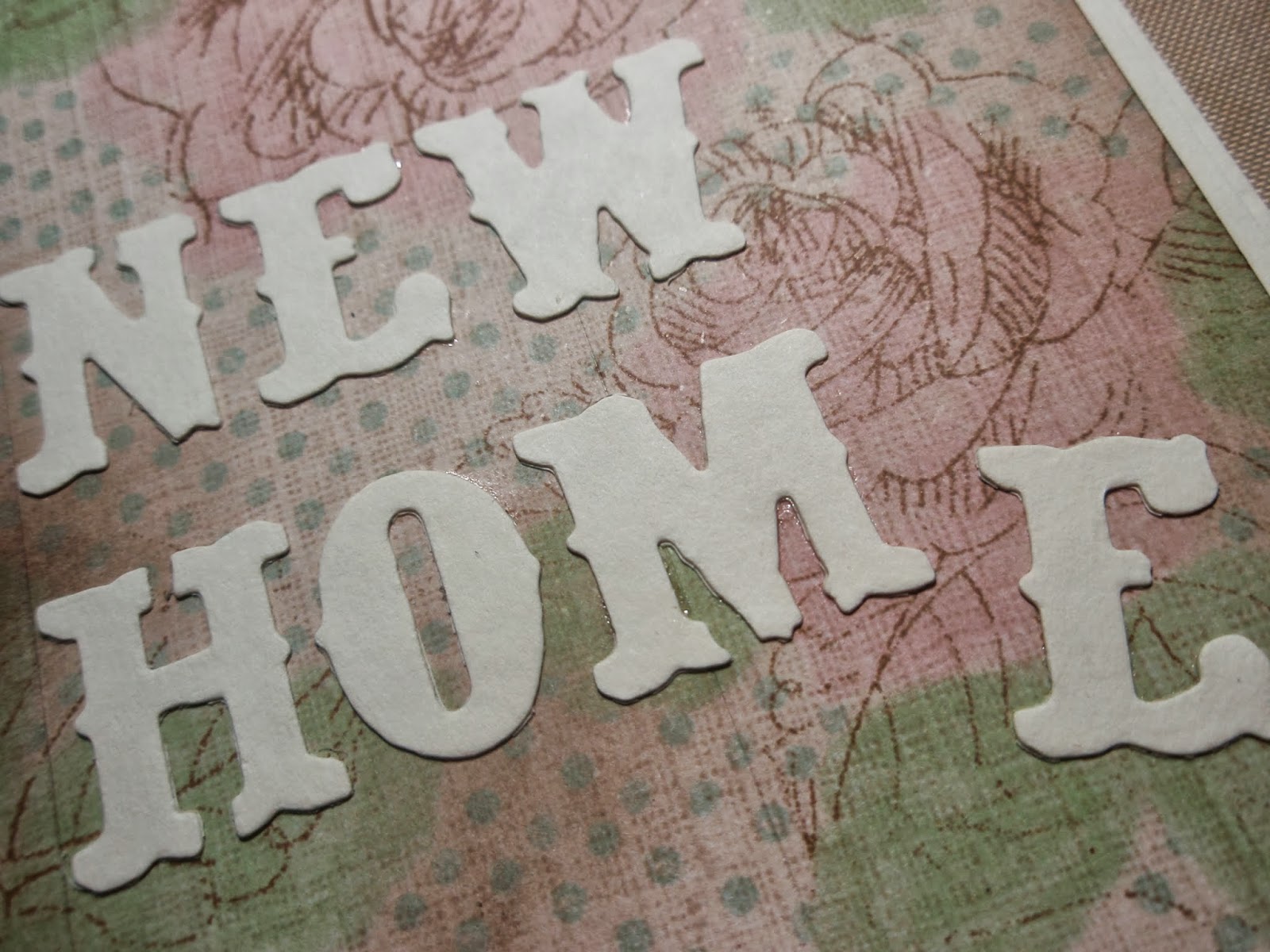 I worked on a cutting mat while carving. Other equipment and materials used were tracing paper, graph paper, a soft pencil, marker pen, craft knife and scissors (the cutting block is also easy to cut).
I worked on a cutting mat while carving. Other equipment and materials used were tracing paper, graph paper, a soft pencil, marker pen, craft knife and scissors (the cutting block is also easy to cut).Sketching out some layouts for an ATC swap I designed some lettering for the cards - 'flora' 'fauna' and 'atc' using graph paper. Rembering you have to carve a reverse image, the lettering was transcribed to tracing paper and transferred from the tracing paper onto the plastic with a pencil.
Swapping the sizes of cutter depending on whether fine detail or larger areas were being cut, a little experimenting was needed to gauge how deep to cut and how much pressure is required, so it is worth carving some test pieces, if only to save your fingers.
| First carving attempts...... |
| ....and this is how they stamp (this is the back of the ATC) |
The finished cards made for the art swap, mixed the handcarved stamps with a selection of other rubberstamps, inks, some drawn embellishments, punched shapes and pre-printed images of different flora and fauna.
The handcarved stamp gave a much clearer image when using permanent ink such as Versafine or Archival. Waterbased dye ink tended to pool on the material, so didn't stamp as well. It depends on what type of finish you are looking for.
With some of the stamping I used a fibre tipped pen to highlight the lettering.
After I posted the carvings and images on Facebook some talented ladies at EmilyLoves and Urbanknitter asked me to carve some stamps for them. Looking through their photos I came up with a couple of designs.
 |
| Initial Carve |
The carving of 'Y' and 'E' seem to be a bit of a challenge. On the Emily Loves stamp, though, I do like the lack of uniformity in the letters, it reflects the stitched label I trying to copy.
| Final Stamp and Image |
| Test Print |
I like the finished stamp though, it was definitely a bit distressed and grungy in style.
 |
| Finished Stamp and sketches for Urbanknitter |
 |
| Urbanknitter's Photo of the Stamps and Packaging |
This is the material I will be trying to carve next. Speedball produce a rubber sheet about 1cm thick designed for carving, called 'Speedy-Carve'. It will be interesting to see how stamps carved from this material differ from the Adigraf sheet.














